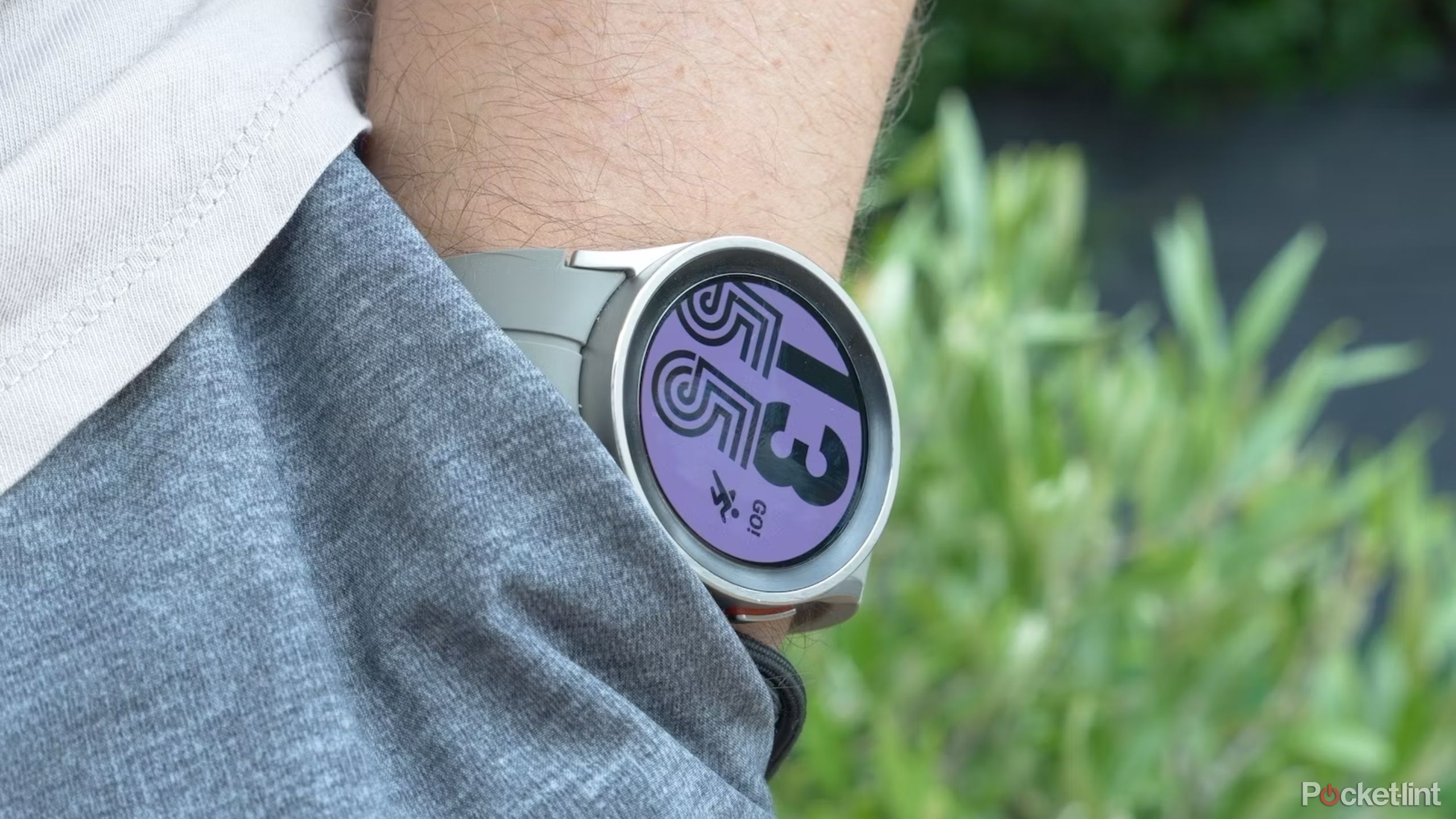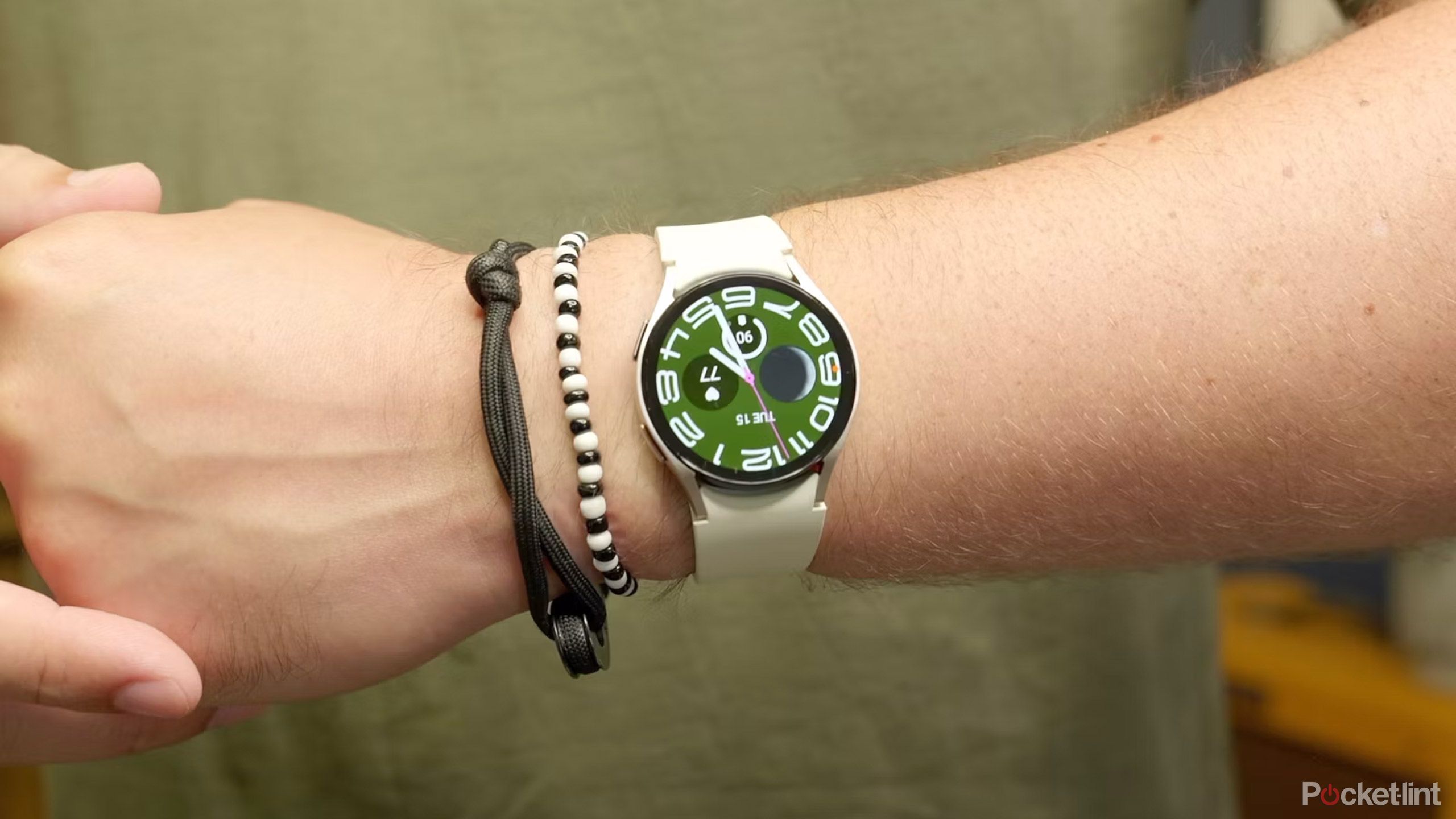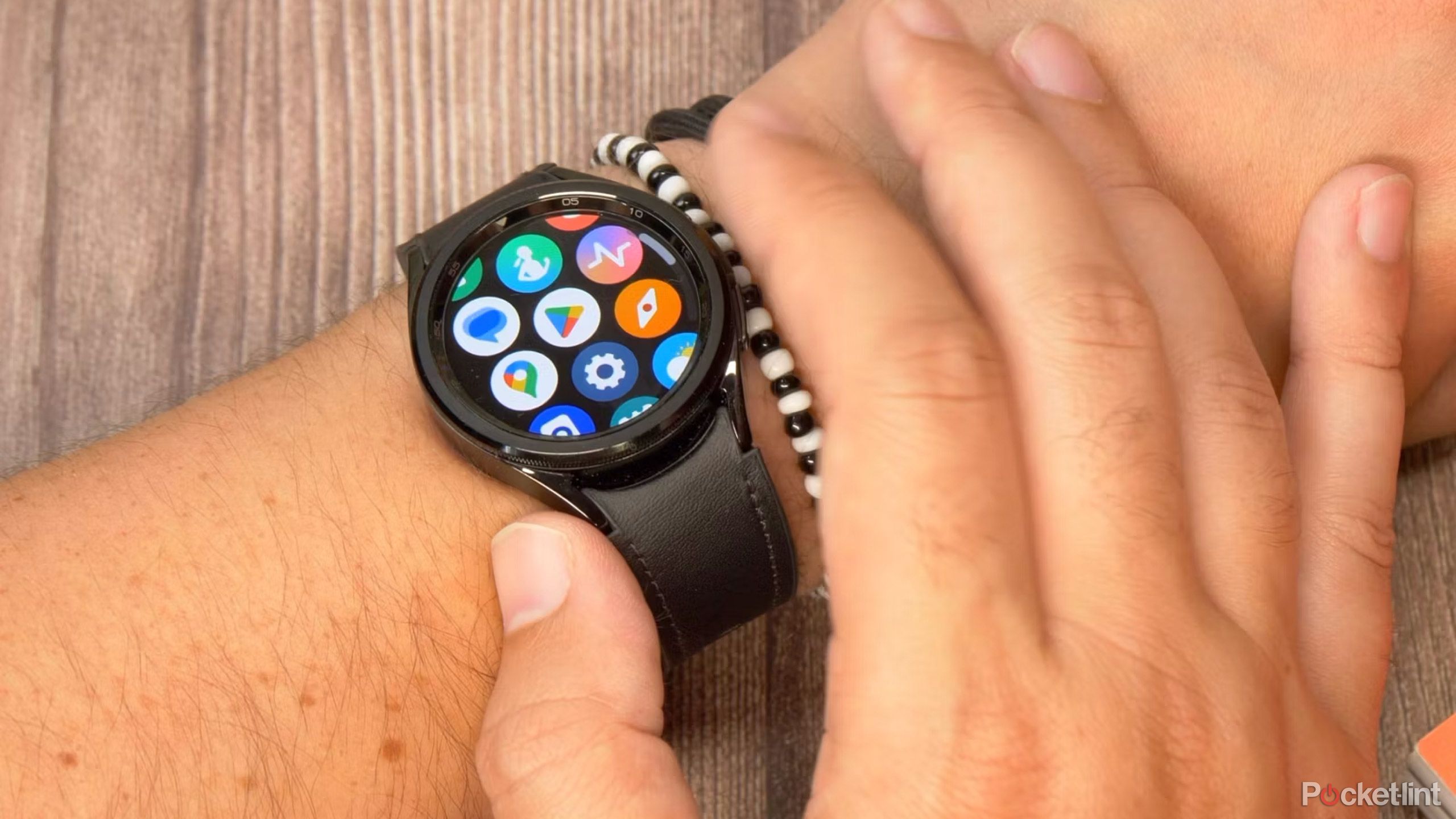Key Takeaways
- Galaxy Watch 7 may have a new Exynos W940 chipset for 50% more efficiency and 30% faster performance.
- Battery life upgrades might address the Galaxy Watch 6’s 30-hour limit and challenge competitors with longer use periods.
- The anticipated August release may follow July’s Samsung Unpacked event.
We are nearing a year of the Galaxy Watch 6, which means that it’s likely time for the latest iteration of this Samsung wearable. Typically, new versions of the Galaxy Watch have been rather incremental without any groundbreaking changes, but that looks like it could change this time around. Even if the updates don’t follow the rumors we are hearing, Samsung’s watches have consistently been the best all-around smartwatches for Android users. Our reviewer loved the Galaxy Watch 6, and we anticipate the 7 will keep that trend going.
9:39
Samsung Galaxy Watch 6: More of the same
With its larger screen, more durable build, enhanced fitness features and faster processing, is this finally the perfect Wear OS watch?
Samsung Galaxy Watch 7 rumors
Our best-educated guesses on what’s coming
Rumors surrounding the Galaxy Watch 7 are starting to increase, though most of them are just that. There hasn’t been much actually confirmed or verified, so we’re really just guessing here. Even still, there are some exciting hints at new features and hardware.
One rumor that has been mentioned by two different leakers is that the Samsung Galaxy Watch 7 will feature a brand-new chipset. WinFuture’s Roland Quandt tweeted in January that the new watch will be based around a new Exynos W940. He mentions this is a guess at the marketing name and that the internal name is Exynos 5535.
The current Galaxy watch is built around the Exynos W930, which has only been around for one generation of wearables. Watches typically don’t see process upgrades this quickly, but Tom’s Guide shared that @TheGalox, another notable leaker, tweeted in March about the Exynos W940 processor being in the Galaxy Watch 7 as well. He mentioned that the new processor will “apparently be 50% more efficient and 30% faster than the previous model.”

I’d get over my distaste of large smartwatches for multiple days of battery life
A big smartwatch is inconvenient, but if it’s paired with extra long battery life, it could be worth the tradeoffs.
While faster, smoother performance is certainly nice, a higher level of efficiency means better battery life, which is a big deal. The Galaxy Watch 6 offers only 30 hours of battery life at most, depending on how you use it. While that’s better than the Apple Watch, it means charging it daily, which isn’t ideal. While they serve different markets, fitness-specific options from Garmin, Suunto, and Polar offer significantly longer battery life (I am able to get a week out of my Garmin epix Pro Gen 2, for example), so it would be nice to see smartwatches at least somewhat catch up.
While faster, smoother performance is certainly nice, a higher level of efficiency means better battery life, which is a big deal.
There is potential that the Galaxy Watch 7 will feature the first non-invasive blood glucose monitor on a wearable, according to a South Korean outlet, as Wearable reports. We do know that the company is heavily investing in wearable health features, including blood glucose monitoring, but there’s no solid information to confirm that will be in the Galaxy Watch 7. Regardless, we expect plenty of AI-based health features in the latest watch, as that is the trend in the industry as a whole, and at its Galaxy Unpacked event in January, Samsung mentioned its Samsung Health tool would be getting upgrades later this year that rely on AI.
Another such AI-based health feature that seems likely is continuous monitoring for heart conditions. The Samsung Galaxy Watch 6 is currently able to provide manual electrocardiogram (ECG) readings to check for irregular heart rhythms, but it requires wearers to actively press a finger on the dedicated sensor. The new feature should allow that to happen in the background. Wearable found a patent that describes a new algorithm called “System and method for continuous atrial fibrillation detection via PPG to ECG signal translation.”
The new monitoring would use PPG signals that the watch already passively receives while you wear it and “a generative model which incorporates prior knowledge about data structures that enables data-efficient learning,” according to the patent. Samsung explains that current PPG signals without the use of AI aren’t accurate enough for reliable clinical diagnosis, but the generative model could change that. “For example, by synthesizing ECG from PPG signals acquired through currently available wearable devices, clinical diagnoses of cardiac diseases and anomalies can be done in real time, 24/7, anywhere, and ideally with the aid of machine learning and cloud computing,” the patent explains. Of course, this may not make it in the Galaxy Watch 7, but it is possible.
In terms of design, it seems likely that there will be three versions of the Galaxy Watch 7. What those versions will be named is still up for debate, though most speculate they will take the form of the Galaxy Watch 7, Galaxy Watch 7 Classic, and a premium Galaxy Watch Ultra. Samsung recently confirmed on its Q1 2024 earnings call that it is working on new smartwatches, specifically calling out that it “will strive to meet demand for upgrades through the launch of new premium models,” as Wearable reports. Of course, that doesn’t confirm three different models, but it is unlikely they would only release a premium model. They didn’t provide more information, but based on what we’ve heard so far and what we know about the market, it seems reasonable to expect that Samsung will try to compete with the Apple Watch Ultra by creating a more rugged, adventure-ready version.

3 features I want Samsung to bring to the rumored Galaxy Watch FE
Samsung is reportedly working on its own answer to the Apple Watch SE as a way to offer the Galaxy Watch experience at an even lower price.
There have also been a few reports that one of those versions could feature a square screen instead of the classic round one we’ve seen on Galaxy Watches. Of course, this isn’t the first time a square display has faced a Galaxy wearable. The Galaxy Gear, Gear 2, Gear Live, and Gear S all had square designs, so it isn’t out of the question to expect this again.
There have also been a few reports that one of those versions could feature a square screen instead of the classic round one we’ve seen on Galaxy Watches.
No matter what, we expect all versions of the Samsung Galaxy 7 to feature Bluetooth and Wi-Fi connectivity with LTE options, access to Samsung Pay, and the typical health and sleep-focused functions that already exist on the Galaxy Watch 6. It seems likely that Samsung will be releasing the Galaxy Ring at the same time, and we anticipate the two devices working hand-in-hand (or hand-in-wrist, perhaps). That could result in a really well-rounded, holistic health and fitness profile for those who use both.
When will the Samsung Galaxy Watch 7 be released?
Look forward to late summer
Samsung has released its Galaxy Watch offerings in August each time, so it makes sense to see the Galaxy Watch 7 also be available around that time. That said, we will likely hear about the company’s latest wearable in July at the Samsung Unpacked event.
Should I buy the Samsung Galaxy Watch 6?
Historically, Galaxy Watch updates have been relatively minor, so it wasn’t unreasonable to purchase the current version shortly before the new one was released. This time, though, we are expecting some bigger updates. The potential for better battery life alone is worth holding off if you are considering a Galaxy Watch anytime soon.
Even if you don’t care about any of the rumored new features or the improved battery life, the price of the Galaxy Watch 6 will likely drop after the new version is released. That’s still likely four months away, but if you can hold out that long, it could be worth it to save some money.
Trending Products

Cooler Master MasterBox Q300L Micro-ATX Tower with Magnetic Design Dust Filter, Transparent Acrylic Side Panel, Adjustable I/O & Fully Ventilated Airflow, Black (MCB-Q300L-KANN-S00)

ASUS TUF Gaming GT301 ZAKU II Edition ATX mid-Tower Compact case with Tempered Glass Side Panel, Honeycomb Front Panel, 120mm Aura Addressable RGB Fan, Headphone Hanger,360mm Radiator, Gundam Edition

ASUS TUF Gaming GT501 Mid-Tower Computer Case for up to EATX Motherboards with USB 3.0 Front Panel Cases GT501/GRY/WITH Handle

be quiet! Pure Base 500DX ATX Mid Tower PC case | ARGB | 3 Pre-Installed Pure Wings 2 Fans | Tempered Glass Window | Black | BGW37

ASUS ROG Strix Helios GX601 White Edition RGB Mid-Tower Computer Case for ATX/EATX Motherboards with tempered glass, aluminum frame, GPU braces, 420mm radiator support and Aura Sync










